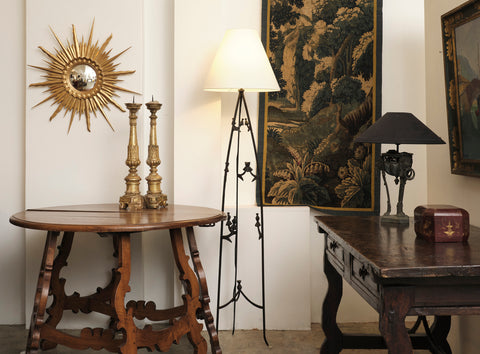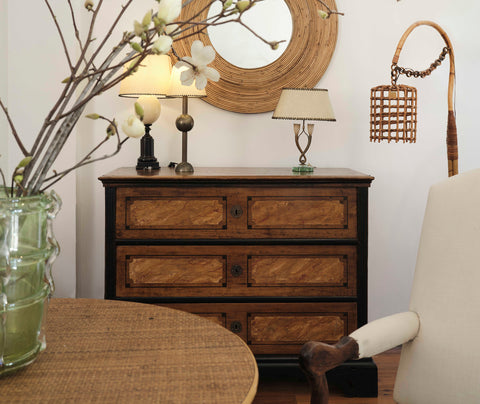Off the coast of Venice lies the small island of Murano, popularly known for its traditions in glass making. Murano has cultivated itself as one of the most renowned glass capitals of the world.
The art of glass making traces back centuries dating all the way to the Roman Empire, where the Romans were leaders in glass production and focused heavily on expanding its use. Glass making made its debut on the small streets of Venice, Italy. By 1921, there were over a dozen furnaces in the city. With the increase of production came an increase of fear that fire hazards would take to the city’s buildings, hence they moved all production to Murano.
Each unique piece of Murano glass is celebrated and admired all over the world, centuries of traditional expertise and contemporary style make it a timeless piece for many collectors and everyday households alike. From sculptures to mirrors and vases to chandeliers, there is no denying the subtle elegance that each piece holds.
Murano glassmaking is a very intricate process made up of several techniques that have been created over centuries. There are over a dozen type of methods that combine artistic production enabling each piece to highlight the maker’s sophisticated skills. The following are styles we currently showcase at The Vault:

Image Credit: Interiors by Handelsmann and Khaw and Photo by Felix Forest.
Bullicante- this is the process in which several layers of bubbles are applied to very thick glass. By pulling the blowpipe tiny impressions are created in a regular pattern bringing these tiny bubbles to the surface.
Graffiato- also known as gold/sliver leaf, during the first phase of hot-work the flaming glass is rolled over delicate leaves of gold or silver. While the glass is blown the leaves refine into delicate pieces of dust.
Avventurina- includes minimal particles of gold and copper crystals which enable clear glass to reflect light. Metallics and other silicones are used to create a glossy, metallic look.
Pulegoso- limitless irregular air bubbles which obscure the transparency of the glass. This is accomplished by adding substances such as petrol which produces a boiling element over the glass.
For any interest or inquires on anything Murano or other Italian antiques, please feel free to contact The Vault Sydney.
Words by Christina Annaheim





Beautiful stuff. I notice you have a Woollomoolloo address as well as Gardeners Rd. Is this a shop? You had a stall at the antique fair and I was very impressed. I love the blog too!